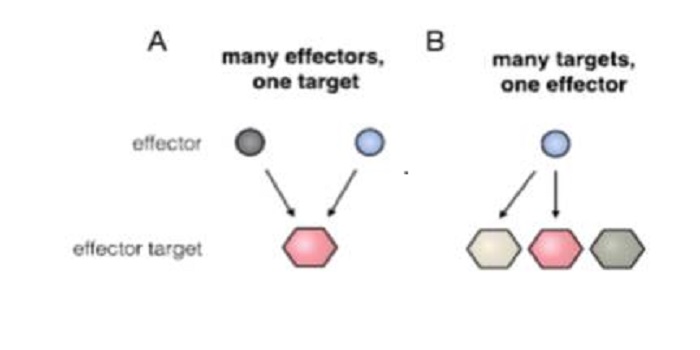
Review: Lessons in effector and NLR biology of plant-microbe systems
Blog, Plant Science Research Weekly, Research, Research BlogTwo of the key players in the plant-pathogen interaction are the effectors produced by pathogens (that “modulate plant physiology to favor host infection and colonization”) and the plant immune receptors (including NLR proteins: nucleotide-binding domain and leucine-rich repeatcontaining) that are…

Ash dieback epidemic in Europe: How can molecular technologies help?
Blog, Plant Science Research Weekly, Research, Research Blog0 Comments
/
The fungal pathogen Hymenoscyphus fraxineus that infects European ash (Fraxinus excelsior) has caused a huge epidemic and cost millions of trees their lives. Downie describes the employment of molecular techniques to trace the origin of the fungus in Europe, and describes how the fungal life cycle…
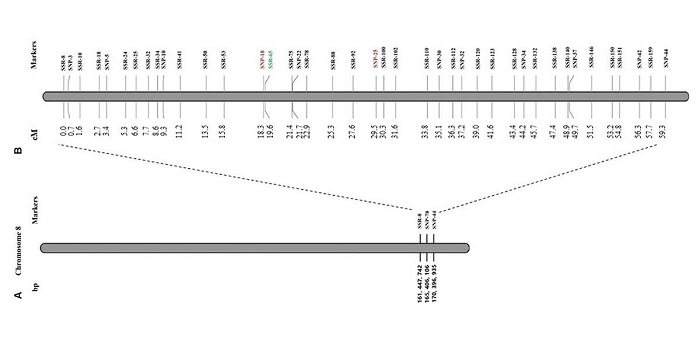
Rgsr8.1, a new quantitative trait locus conferring resistance to Gibberella stalk rot in maize
Blog, Plant Science Research Weekly, Research, Research BlogGibberella stalk rot (GSR) is a fungal disease of maize. Through QTL-seq, a whole genome sequencing method, Chen et al. identified a new resistance quantitative trait locus (QTL) Rgsr8.1 that confers broad-spectrum resistance to GSR. Two candidate genes were identified, one encoding an auxin response…

Heterodera schachtii tyrosinase-like protein - a novel nematode effector modulating plant hormone homeostasis
Blog, Plant Science Research Weekly, Research, Research BlogThe nematode Heterodera schachtii is a parasite of the sugar beet. Understanding how H. schachtii parasitizes the plant is crucial to develop tools to minimize infestation and crop losses. From the H. schachtii transcriptome, the authors identified the sequence of a putative secreted effector protein…
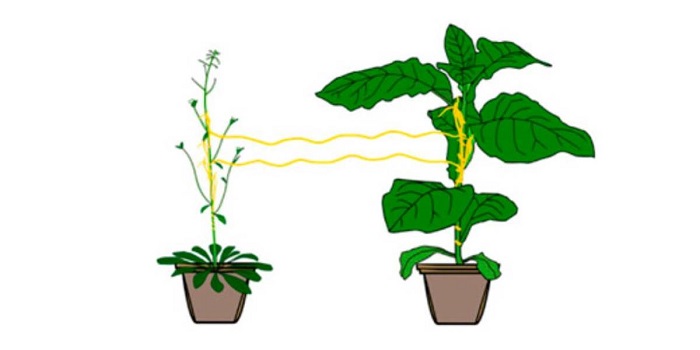
Stem parasitic plant Cuscuta australis (dodder) transfers herbivory-induced signals among plants
Blog, Plant Science Research Weekly, Research, Research BlogParasitic plants such as Cuscuta astralis (dodder) form connections with their host plants through which nutrients and other molecules pass. Using mutant plants and transcriptomic assays, Hettenhausen and Li et al. showed that two or more plants connected by Cuscuta bridges shared information through…
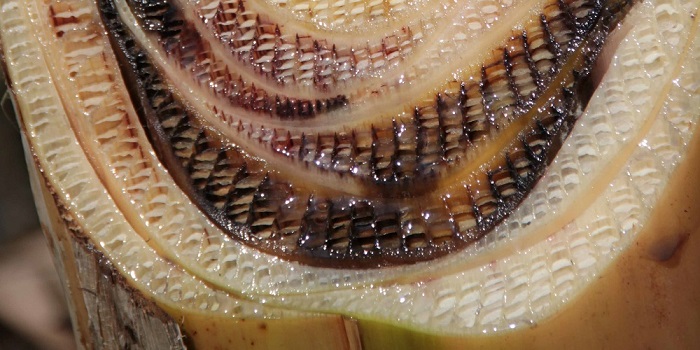
Fighting Fusarium wilt to beat the bananapocalypse
GPC Blog Dr. Sarah Schmidt (@BananarootsBlog), Researcher and Science Communicator at The Sainsbury Laboratory Science. Sarah got hooked on both banana research and science writing when she joined a banana Fusarium wilt field trip in Indonesia as a Fusarium expert. She began blogging at https://bananaroots.wordpress.com and…
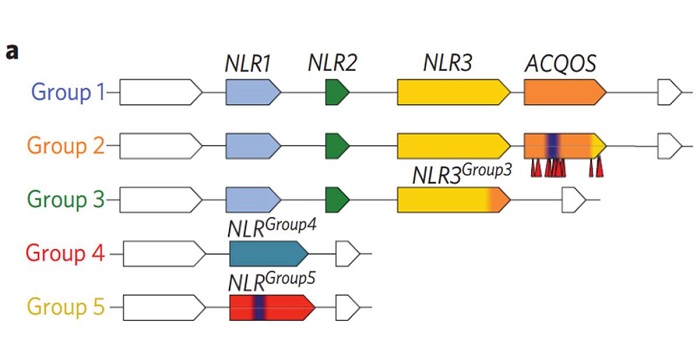
NLR locus-mediated trade-off between abiotic and biotic stress adaptation in Arabidopsis ($)
Blog, Plant Science Research Weekly, Research, Research BlogWith both biotic and abiotic stresses predicted to worsen due to climate change, the ideal crop of the future must have traits to handle both. Common abiotic stresses like drought, cold, and salinity cause osmotic stress by disrupting cell turgor. Exposure to a mild salt treatment leads some plants to…
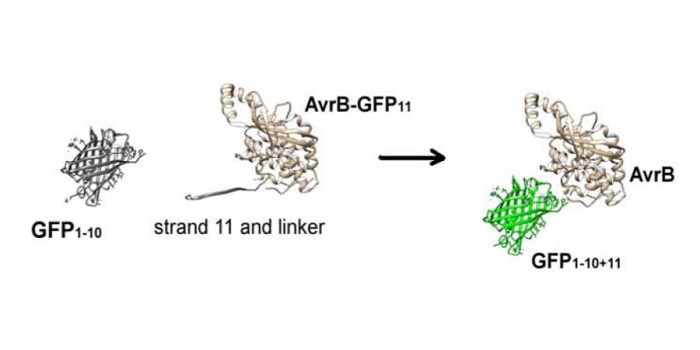
Direct and indirect visualization of bacterial effector delivery into diverse plant cell types during infection
Plant Science Research Weekly, ResearchBacterial effectors are proteins produced by bacteria and introduced into their hosts, where the effectors support successful infection by the pathogen. Effectors can function in diverse cells and cell compartments, but many studies of effector localization have relied on overexpression systems which…
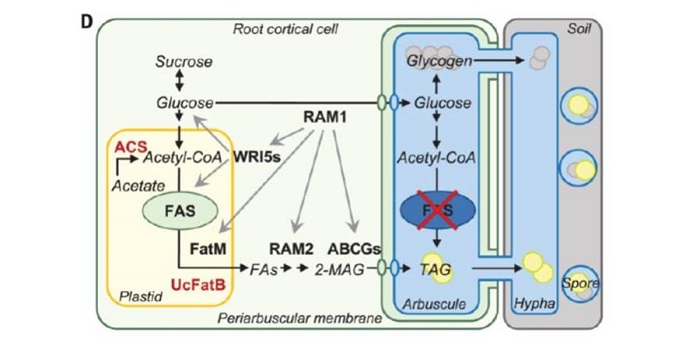
Fatty acids in arbuscular mycorrhizal fungi are synthesized by the host plant ($)
Plant Science Research Weekly, ResearchIn the symbiotic relationship between arbuscular mycorrhizal fungi and plants, the fungal partner greatly enhances the uptake of mineral nutrients (particularly phosphate), while in return it is supplied with organic carbon from the photosynthetic partner. Luginbuehl et al. investigated whether this…

